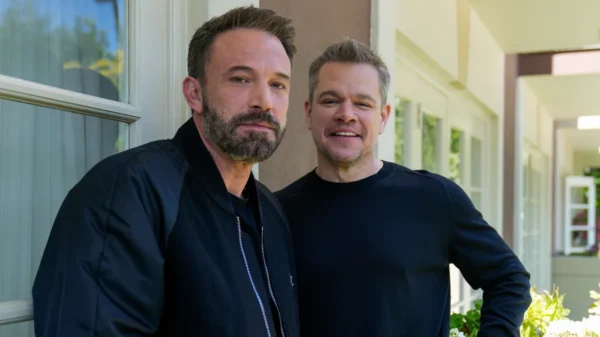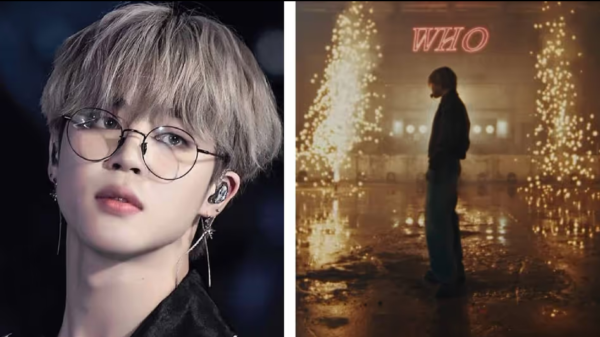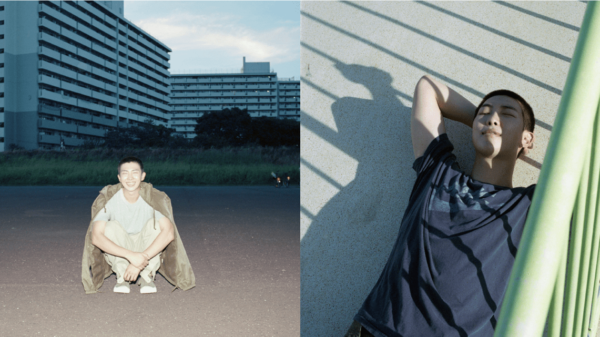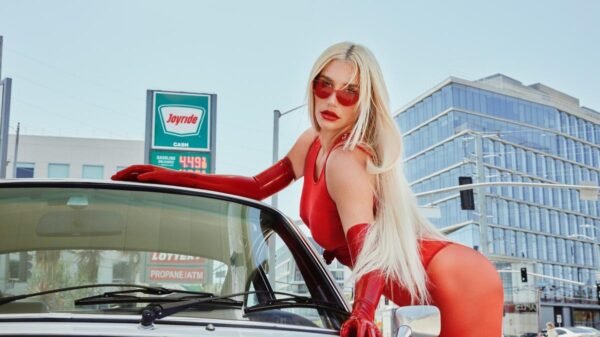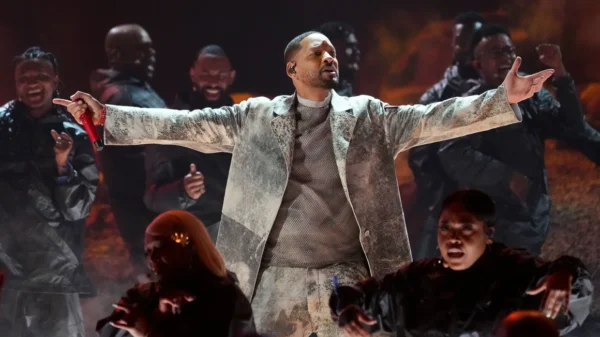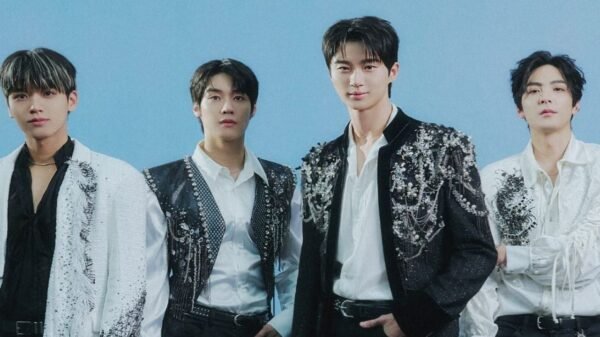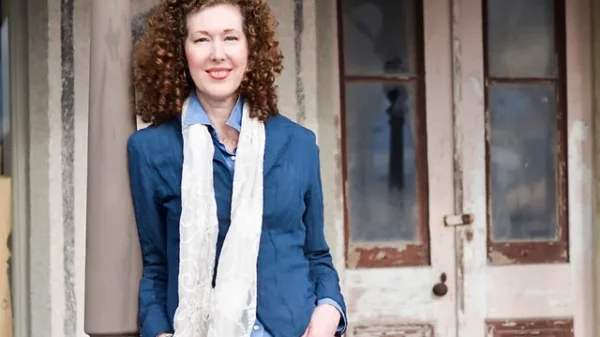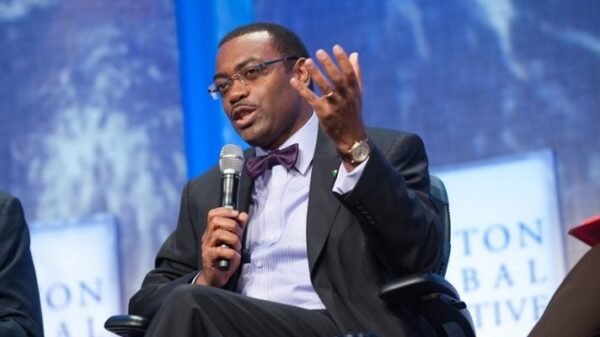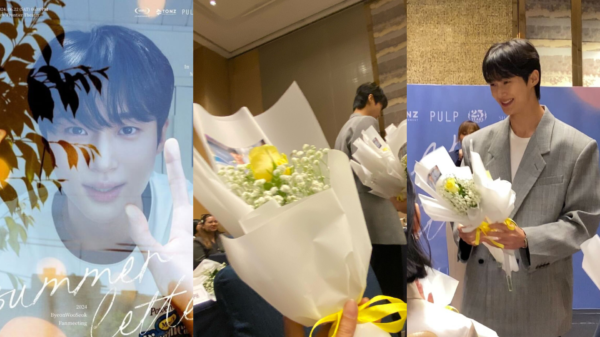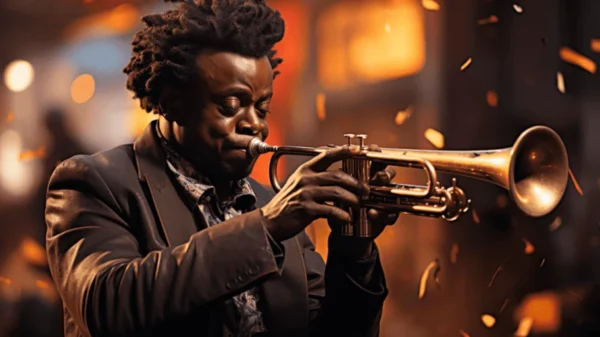Jeon Jong-seo, previously known for her role in the 2018 hit “Burning,” takes center stage as the tormented protagonist and formidable avenger in the Netflix movie “Ballerina,” which was also selected for the Busan International Film Festival. While she plays a pivotal role, it’s important to note that she is not the titular dancer in the film.
Under the direction of the up-and-coming filmmaker Lee Chung-hyung, Jeon portrays Ok-ju, a former female bodyguard with a cool and calculating demeanor, who, until provoked, appears somewhat detached. The suicide of her best friend, a hopeful ballerina coerced into sex slavery by a ruthless gang, serves as the catalyst for Ok-ju’s transformation into a vigilante reminiscent of “John Wick.”
Director Lee ensures that the film’s trajectory is apparent from the outset, yet “Ballerina” adheres to a characteristic Korean storytelling style. The initial part of the film is dedicated to establishing Ok-ju’s moral compass and the motivation behind her forthcoming acts of violence, which will dominate the latter part of the narrative.
Once the moral ground is laid, Lee plunges into intense action, featuring weapon fetishization, a cadre of mostly disposable antagonists, and a profusion of neon-soaked violence. In the midst of this chaos, Jeon’s character, Ok-ju, engages in intense combat and gunplay with exceptional skill.
In anticipation of the film’s debut at the festival and its streaming release, Variety conducted interviews with Director Lee, Jeon, and Kim Ji-hoon, who portrays Choi, a Lamborghini-driving sexual sadist and a rebellious gang member.
Variety: Korean cinema has seen its fair share of revenge movies. What prompted you to create another one?
Lee: Instead of concentrating solely on the revenge genre or the sequence of events within the film, I started with the idea of presenting a form of retribution that is not possible in real life. I wanted to offer a sense of catharsis to the audience.
One distinctive aspect of the revenge genre is that the avenger often becomes morally ambiguous. Both heroes and anti-heroes often end up in a murky ethical space. How did you approach this dynamic?
Jeon: I believe that one-dimensional characters are not very engaging. In each of us, there exists both good and evil. Sometimes, there may be justifications for someone’s deeply immoral actions. Characters who can convincingly convey their motivations are more intriguing and endearing to the audience.
Looking at Ok-ju’s character, she displays intense violence and is capable of more brutal acts than Choi, the man she is pursuing. She has taken numerous lives on her path of vengeance. However, I believed that as long as her drive and determination were palpable, she could win over the viewers. That’s the perspective from which I approached her.
Kim: Firstly, we must remember that this is a film, not a courtroom. It’s important to maintain that perspective. When we consider the nature of Choi’s crimes, they are undoubtedly heinous and difficult for the public to forgive. However, it’s crucial to acknowledge that Choi didn’t physically kill anyone, yet his actions might make him appear even worse than those who did commit murder.
We had discussions about this among ourselves. If you were to put Ok-ju and Choi together in a court, Ok-ju might receive a longer sentence due to her numerous killings, whereas Choi didn’t take a life. However, when you assess the gravity of their crimes, you still understand that Choi’s deeds are far more reprehensible.
So, we have a vengeful protagonist and a charismatic yet evil antagonist. What was the desired look and feel you aimed for as the director?
Lee: Although the film belongs to the action genre, I wanted it to resemble a ballet performance. I placed significant emphasis on the art, music, and the film’s visual style. While the narrative deals with dark subject matter emotionally, I wanted to depict something both brutal and beautiful.
Were there any cinematic references you had in mind while working on “Ballerina”?
One of the films I kept in mind during preparation was “Drive,” directed by Nicolas Winding Refn in 2011, featuring Ryan Gosling. Additionally, the Safdie brothers’ “Good Time” from 2018 also influenced my approach. These films drew inspiration from vintage Hollywood films, and I aimed to create something slightly distinct from the typical Korean film.
How did you attempt to differentiate your film from these references?
Many of those stylish action films often adopt a male perspective. In contrast, “Ballerina” is narrated from a female standpoint. I wanted the film to be somewhat more lyrical and sensitive, despite its genre. I aimed to infuse warmth into the narrative. I also drew inspiration from the mood of Iwai Shunji, especially in character dynamics. The film is intended to be stylish but reminiscent of a brutal fairy tale.
This is your second feature film. Are you considering venturing into television series in addition to feature films?
While I created a short film (“Bargain”) that later evolved into a series, I feel more at home with filmmaking. Films require concise storytelling, a “show, don’t tell” approach. In contrast, television series offer more room to explore extensive narratives, delve into individual characters and their backstories. Although I haven’t worked on a series yet, it’s something I would like to try.
Can you share your approach to visual storytelling? How much of what we see on screen was scripted, and how much was improvised during filming?
Lee: I aimed to include as much visual storytelling as possible in the script. Rather than improvising on set, I prefer to make adjustments during the pre-production phase. In contrast to my previous feature film, “The Call” from 2020, I placed a greater emphasis on visual storytelling in “Ballerina.”
What kind of guidance and preparation did the director provide for your respective roles?
Kim: Director Lee is open to input from the actors and maintains a flexible approach. After defining his vision during pre-production, he knows precisely what he wants during the filming process. At times, it felt almost too smooth, and I wondered if it was too easy.
Jeon: Director Lee quickly comprehends how to approach each actor individually. Different actors may require varying techniques or forms of guidance. In my case, I occasionally find that directions can limit me, but he knew when to grant me more freedom. This was wonderful because, as actors, we might be standing among the trees, but we can’t always see the whole forest. He could explain how a particular scene needed an emotional hook, as it would be relevant later. Right from pre-production, he created the ideal conditions for each actor to fulfill their roles, which not every director can achieve.



